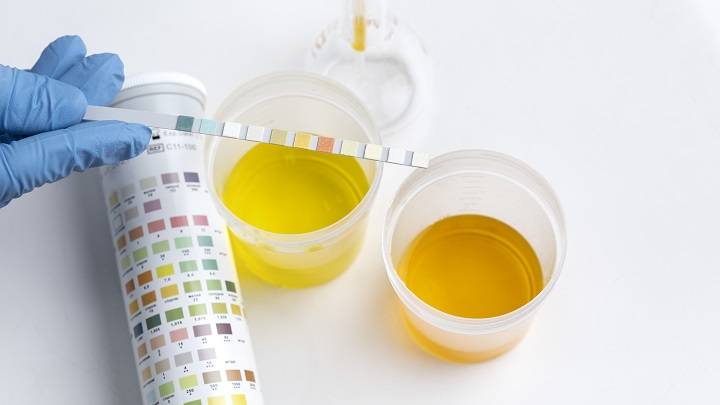
In the realm of pharmaceuticals and research, adherence to specific regulations is essential to ensure the safety, quality, and reliability of products and studies. Three critical sets of regulations that play a pivotal role in this industry are Good Laboratory Practices (GLP), Good Manufacturing Practices (GMP), and Good Clinical Practices (GCP). Each of these regulations addresses different aspects of pharmaceutical development and research, contributing to the overall integrity of the industry.
What are GLP, GMP, and GCP?
Also Read – Ultimate Guide to 21 CFR Part 11 Regulations: Everything You Need to Know
- Good Laboratory Practices (GLP): GLP refers to a set of guidelines and regulations that outline the standards for conducting nonclinical laboratory studies. These studies typically involve experiments and research conducted in laboratories to assess the safety and efficacy of chemicals, drugs, and other products before they advance to clinical trials.
- Good Manufacturing Practices (GMP): GMP encompasses a series of regulations and guidelines aimed at ensuring the consistent and controlled production of pharmaceutical products. GMP standards cover all stages of production, from raw material sourcing to final product packaging, to ensure the quality, safety, and efficacy of the manufactured products.
- Good Clinical Practices (GCP): GCP comprises a set of guidelines that govern the design, conduct, monitoring, recording, and reporting of clinical trials involving human subjects. These guidelines aim to ensure the ethical and scientific integrity of the trials, safeguard the rights and well-being of participants, and generate reliable data for regulatory submissions.
You May would like to read –
Common Gmp Compliance Issues In Pharmaceutical Industry
What’s The Difference Between cGMP and GMP?
Why are these regulations important?
The importance of GLP, GMP, and GCP cannot be overstated. These regulations collectively contribute to the credibility, safety, and efficacy of pharmaceutical products, from early research stages to clinical trials and final manufacturing. Adhering to these standards not only ensures the protection of patients and participants but also maintains the reputation of the pharmaceutical industry as a whole.
The Similarities between GLP, GMP, and GCP
While GLP, GMP, and GCP focus on different stages of pharmaceutical development, they share several core principles:
- Quality Management: All three regulations emphasize the need for robust quality management systems. This includes establishing processes, procedures, and controls to consistently produce reliable results and products.
- Personnel Qualifications: Each set of regulations mandates that personnel involved in laboratory studies, manufacturing, or clinical trials possess appropriate qualifications and training to carry out their roles competently.
- Recordkeeping: Accurate and comprehensive record keeping is a common requirement across GLP, GMP, and GCP. Maintaining detailed documentation ensures transparency, traceability, and the ability to reconstruct processes when necessary.
Differences between GLP, GMP, and GCP
While there are significant overlaps, the key differences lie in their focus areas:
- GLP: Focuses on Nonclinical Laboratory Studies: GLP primarily addresses the conduct of nonclinical laboratory studies. It ensures that these studies are planned, conducted, monitored, recorded, and reported following standardized procedures to generate reliable data about the safety and potential effects of test substances.
- GMP: Focuses on Manufacturing of Pharmaceutical Products: GMP pertains to the manufacturing processes and facilities used to produce pharmaceutical products. It ensures that the manufacturing environment is controlled, products are consistently of high quality, and procedures are well-documented and reproducible.
- GCP: Focuses on Clinical Trials: GCP focuses on the ethical and scientific aspects of designing, conducting, and reporting clinical trials. It emphasizes participant safety, data integrity, and adherence to established protocols.
Conclusion
In the intricate landscape of pharmaceutical development and research, the adherence to Good Laboratory Practices, Good Manufacturing Practices, and Good Clinical Practices is vital. These regulations collectively create a framework that ensures the reliability, safety, and quality of products and studies, bolstering the integrity of the pharmaceutical industry as a whole. By upholding these standards, the industry can continue to innovate and improve healthcare outcomes for patients around the world.
Further Reading
GxP Compliance Software: Ensuring Quality & Regulatory in Life Sciences
Implementing GxP Regulatory Best Practices
GxP Regulatory Inspections: What You Need to Know?
Reference Sources:
- US FDA. (2001). Good Laboratory Practice Regulations. Code of Federal Regulations, Title 21, Part 58.
- World Health Organization. (2003). WHO good manufacturing practices: main principles for pharmaceutical products.
- International Council for Harmonisation of Technical Requirements for Pharmaceuticals for Human Use. (1996). ICH E6(R2) Good Clinical Practice: Consolidated Guidance.
- OECD. (2018). The OECD Principles of Good Laboratory Practice (GLP).
- European Medicines Agency. (2020). Good manufacturing practice and good distribution practice.
- US FDA. (2015). Guidance for Industry: E6 Good Clinical Practice.
- World Health Organization. (2005). Quality assurance of pharmaceuticals: a compendium of guidelines and related materials.
by admin
I am a seasoned GxP expert and the founder and CEO of GxP Cellators, a consulting firm that provides GxP advisory and auditing services to clients across the globe. My mission is to help clients achieve excellence in quality, compliance, and remediation, and to foster a robust quality culture in their organizations.

